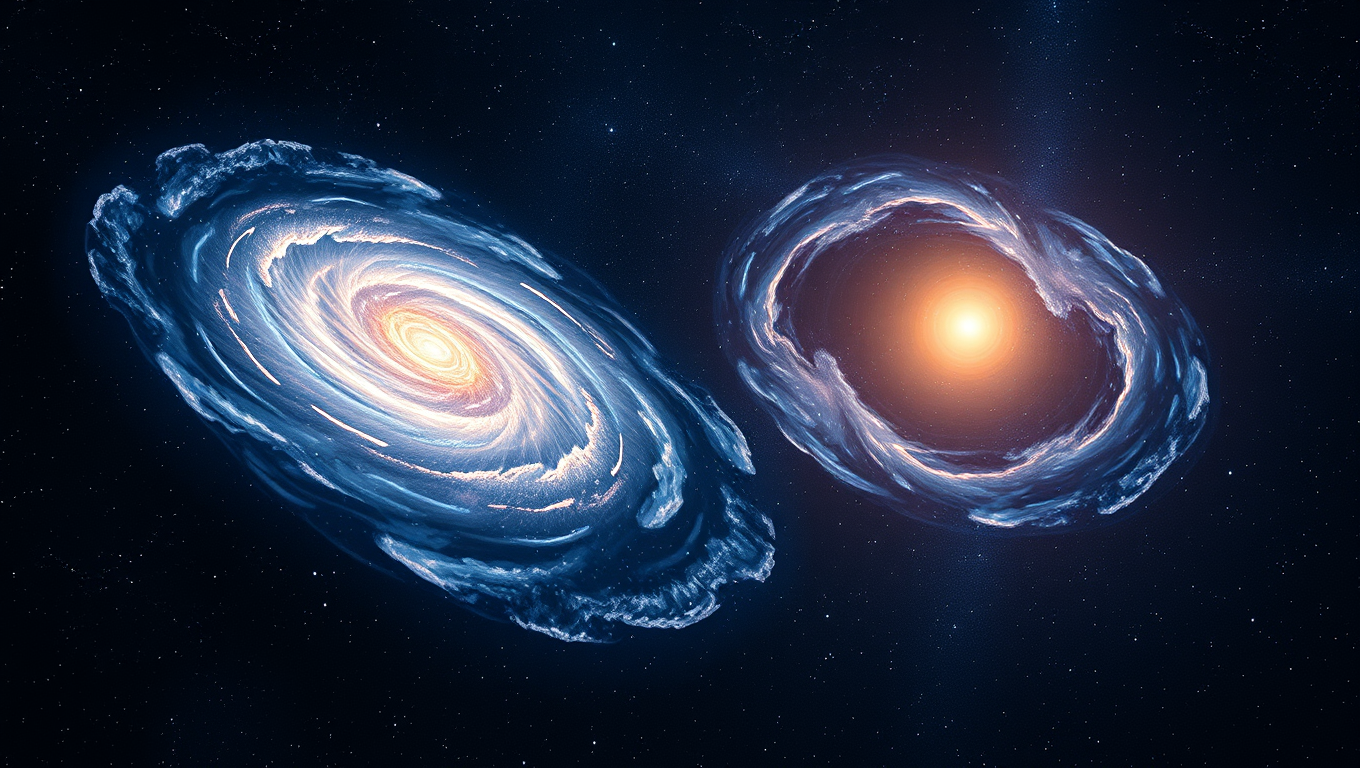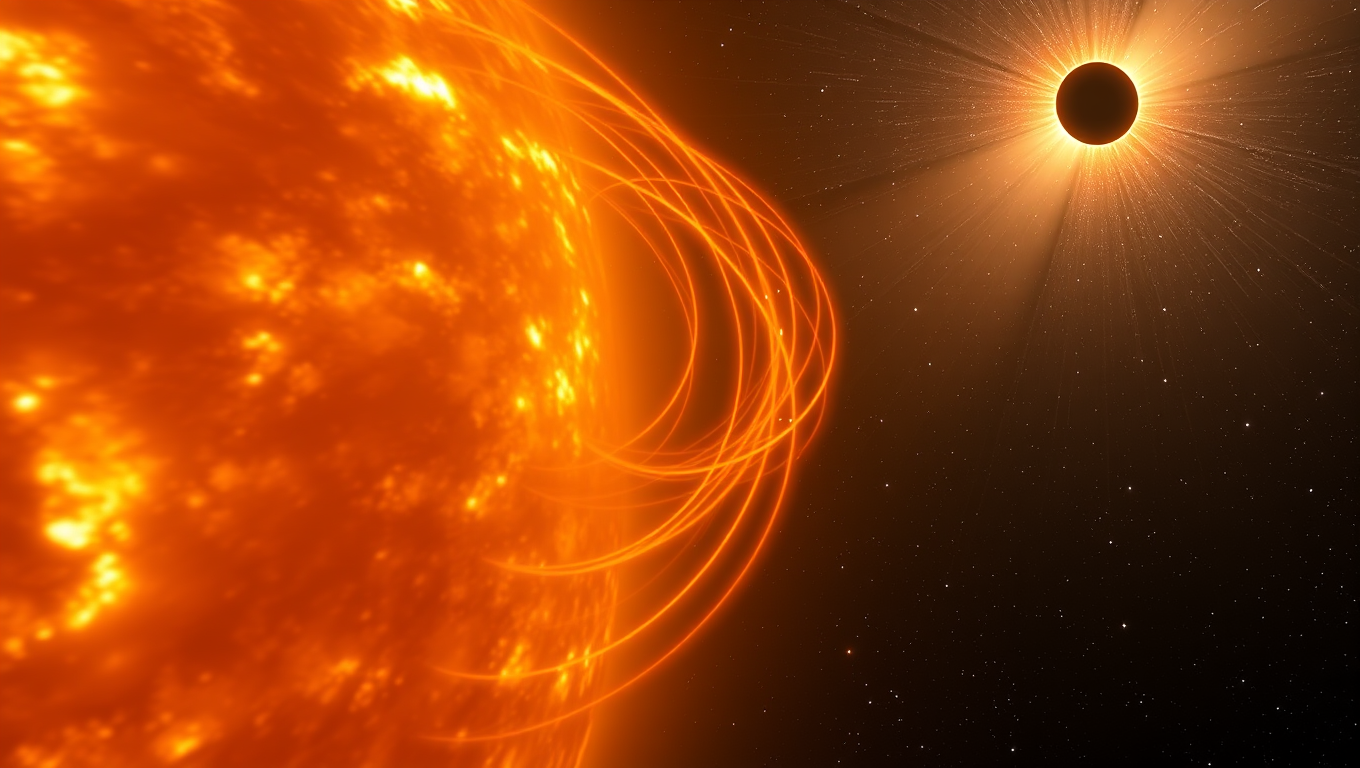While we try to keep things accurate, this content is part of an ongoing experiment and may not always be reliable.
Please double-check important details — we’re not responsible for how the information is used.
Cosmic Rays
The Nuclear Clock That Could Unmask Dark Matter
Physicists are exploring thorium-229’s unique properties to create a nuclear clock so precise it could detect the faintest hints of dark matter. Recent measurement advances may allow scientists to spot tiny shifts in the element’s resonance spectrum, potentially revealing the nature of this mysterious substance.

Asteroids, Comets and Meteors
Scientists Uncover Mysterious Molecule with Potential to Spark Life in Space
Scientists have successfully synthesized methanetetrol, an incredibly unstable and previously elusive compound thought to be a key ingredient in the chemical evolution of life. Described as a “prebiotic concentrate” or even a “prebiotic bomb,” this molecule could represent a crucial step in the cosmic recipe for life.
Astrophysics
A New Cosmic Dawn: Gravitational Waves May Have Given Birth to the Universe
A team of scientists has proposed a groundbreaking new theory on the Universe’s origins, offering a fresh, radical take on the Big Bang’s early moments. Unlike the widely accepted inflationary model, which involves speculative assumptions, the new model starts with the established concept of De Sitter space, aligning with dark energy observations. The scientists believe gravitational waves—ripples in space-time—were the key to seeding the formation of galaxies and cosmic structure, eliminating the need for unknown elements.
Black Holes
“Cosmic Colliders: How Ghost Particles May Decide the Fate of Collapsing Stars”
Neutrinos, ghostly particles barely interacting with matter, may secretly be reshaping the fates of massive stars. New research suggests that as stars collapse, they form natural “neutrino colliders,” allowing scientists to probe these elusive particles in ways never possible on Earth. If neutrinos do interact through yet-undiscovered forces, they could cause stars to collapse into black holes instead of neutron stars, reshaping how we understand cosmic evolution.
-

 Detectors7 months ago
Detectors7 months agoA New Horizon for Vision: How Gold Nanoparticles May Restore People’s Sight
-

 Earth & Climate9 months ago
Earth & Climate9 months agoRetiring Abroad Can Be Lonely Business
-

 Cancer8 months ago
Cancer8 months agoRevolutionizing Quantum Communication: Direct Connections Between Multiple Processors
-

 Albert Einstein9 months ago
Albert Einstein9 months agoHarnessing Water Waves: A Breakthrough in Controlling Floating Objects
-

 Earth & Climate8 months ago
Earth & Climate8 months agoHousehold Electricity Three Times More Expensive Than Upcoming ‘Eco-Friendly’ Aviation E-Fuels, Study Reveals
-

 Diseases and Conditions9 months ago
Diseases and Conditions9 months agoReducing Falls Among Elderly Women with Polypharmacy through Exercise Intervention
-

 Chemistry8 months ago
Chemistry8 months ago“Unveiling Hidden Patterns: A New Twist on Interference Phenomena”
-

 Agriculture and Food8 months ago
Agriculture and Food8 months ago“A Sustainable Solution: Researchers Create Hybrid Cheese with 25% Pea Protein”





























